43 about energy rating labels
Energy Performance Label | National Fenestration Rating Council NFRC-certified products are independently tested, certified, and labeled to help you make the best purchase decision for your needs. While the ENERGY STAR label tells you if a product is energy-efficient, the NFRC label helps you compare between energy-efficient products by breaking down a product’s energy performance. Energy rating label - Wikipedia In Australia and New Zealand, an energy rating label or energy rating is a label affixed to various appliances prior to retail sale, which allows consumers to compare the energy efficiency of product and allows consumers to know how much power a particular model will use to run.
ENERGY STAR® Labels 101: What They Mean & How to Read Them ENERGY STAR Label Requirements. To qualify for the ENERGY STAR label, products must meet strict standards and pass rigorous testing. The process is overseen by the Environmental Protection Agency (EPA), while testing is performed by the National Fenestration Rating Council (NFRC). Current EPA standards for the ENERGY STAR label are:

About energy rating labels
Understanding the label | Energy Rating Energy rating labels provide consumers with information on the energy efficiency of a product. There are two main types of labels – comparison labels and endorsement labels. Comparison labels. Comparison labels allow consumers to compare the energy consumption of similar products and factor lifetime running cost into their purchasing decision. New 2021 Energy Ratings Explained!| Box.co.uk The new energy rating labels came in to effect on the 1st of March 2021. What does this mean for current products? There will be a transition period following the start date in March, where both the old and new labels will be included on products. This will ensure that you have the right label according to the current regulations. Energy rating label | energy.gov.au The Energy Rating Label shows the energy efficiency and energy consumption of rated products allowing comparison of running costs over the life of the product. Energy efficiency is shown with a star rating of between 1 and 10 which can be compared to others of the same type and size.
About energy rating labels. Energy Labelling | Energy Ratings | SEAI Choosing energy efficient appliances will save you money on your energy bills and reduce your greenhouse gas emissions in the long run. Remember, if you can't find the energy label on a product, you should ask the retailer to provide it. Products covered. EU energy labels must be provided and displayed by law for the following products: Energy ratings: everything you need to know Boilers and other forms of heating such as heat pumps got new energy labels in 2015. Beyond an A++-G rating, the label includes information such as the level of sound they produce and for some product types whether the heater has the capacity to generate electricity - the latter accounting for the fact that the heating market is changing, with more low carbon options. Energy Efficiency Technical Guide: Standards, Rating and Labeling Standards, rating, and labeling schemes differentiate efficient products and buildings from those that are inefficient by establishing minimum energy performance standards. Such schemes help consumers save money and reduce energy consumption, and they help governments meet goals for national energy savings and targets for reducing greenhouse gases. EnergyGuide Labeling: FAQs for Appliance Manufacturers The Energy Labeling Rule requires manufacturers of certain appliances to disclose a product's annual energy cost or efficiency information — based on Department of Energy (DOE) test procedures — on EnergyGuide labels, and to report their findings to the FTC.. Those bright yellow EnergyGuide labels show consumers how much it might cost to run an appliance each year based on how much ...
Energy rating labels | Sustainability Victoria The Energy Rating Label is an Australian Government initiative. The label uses stars as a way to show the efficiency of an appliance. The more stars, the more efficient the product is. You can use this star rating to compare other models of the same capacity. Most appliances are rated between 1 and 6 stars. Understanding Energy Rating Labels - Sustainable Build Understanding Energy Rating Labels When it comes to energy saving, buying the most efficient products and appliances is now easier than ever. Today, energy rating labels can tell you everything you need to make the right choice - giving you vital information about energy consumption, performance and efficiency. Label2020 UK | Label 2020 - energy label The new energy labels for TVs, fridges, dishwashers, washing machines and washer dryers are here. They've helped consumers choose energy efficient products for more than 25 years. They've also helped manufacturers and retailers develop and sell innovative and efficient products. What do energy labels mean? | Green Choices The familiar EU Energy label, rates products from A (the most efficient) to G (the least efficient) and is required by European law to be displayed at the point of sale on the following products: Washing machines, washer-dryers tumble dryers Fridges, freezers and fridge freezers Dishwashers Electric ovens Energy-saving light bulbs Air conditioners
Energy Rating Labels - Buying and Using Appliances | Gen Less The Energy Rating Label makes it easy to compare energy efficiency and running costs of similar appliances when you're deciding which to buy. An appliance with more stars on the label is more energy efficient - meaning you can save money on running costs, and New Zealand can save energy and emissions. Energy Rating Labels explained - Consumer Energy Rating Labels explained - Consumer NZ Energy Rating Labels have two important pieces of information: the star rating and the energy consumption. Star rating The top half of the label has a star rating of up to 6 or 10 stars. The stars represent how energy efficient a model is compared to other models of the same size/capacity. Understanding energy star ratings on appliances | RACV Star Ratings. Appliances are given a star rating from 1 to 10, with 10 stars being the most energy efficient. "In general terms, products that achieve 1 to 6 stars are efficient, while those achieving 7 to 10 stars are considered to be super-efficient," said a spokesperson for DISER. "The rule of thumb is the more stars, the more efficient the ... Energy rating - appliances | energy.gov.au Energy rating labels provide consumers with information on the energy efficiency of a range of appliances. The more stars, the more energy efficient the product is compared to other models in its category.
Furnaces | ENERGY STAR Certified oil furnaces are up to 4 percent more energy efficient than baseline models and can save up to $75 in energy costs per year. Earning the ENERGY STAR means products meet strict energy efficiency guidelines set by the U.S. Environmental Protection Agency. By choosing ENERGY STAR certified heating and cooling equipment and taking steps ...
About the energy label and ecodesign | European Commission The EU countries, with the support of the European Commission, will inform citizens about the changes the new EU energy labels will bring through dedicated communication campaigns. In addition, 2 Horizon 2020 funded projects, LABEL2020 and Boost Energy Label Take up (BELT), will promote and support a smooth market transition of the new energy ...
Label | Energy Rating Use the Energy Rating Label to work out rough running costs with some simple maths. It's easy - just take the energy consumption figure - and divide it by 4. For example, if the Energy Rating Label on a washing machine says it uses 400 kWh, it means it will roughly cost you $100 per year to run. Easy!
Regulations: energy information - GOV.UK Energy labels for certain products are being gradually re-scaled to display A - G energy rating classes instead of A+++ - G energy rating classes. The first phase of re-scaling took place in March...
Energy Performance - BFRC BFRC assesses the energy performance of windows and doors and gives them a rating between A++ and E. Genuine BFRC rated products are labelled with a small official sticker on the inside of the frame and often a large rainbow label on the surface of the window or door: clear, visible proof that they will perform as promised.
Why Portable AC's Have New Energy Guide Labels Oct 05, 2017 · On these labels, you’ll find three important ratings: An estimation in how much it would annually cost to use the appliance. The energy efficiency rating and overall consumption of energy (determined by testing methods from the DOE) An energy comparison of similar models, with a range of low to high energy expectations.
What is an Energy Rating Label? — EcoAir Online Store It allows consumers to compare the energy efficiencies of the air conditioning from different manufacturers based on their performances benchmarked against a harmonised test standard, namely EN 14511. Research shows that 87% of British consumers are aware of the A-G standards. 97% of European consumers understands that A is the most energy ...
Energy Rating Label | EECA Energy Rating Label Star rating shows efficiency The Energy Rating Label applies to certain products under the Energy Efficiency (Energy Using Products) Regulations 2002. These products must display the label when they are offered for sale. EECA administers the label compliance in New Zealand. The label also applies in Australia.
PDF Rating Review Process - Energy The EnergySmart Homes Scale (E-Scale) is a residential label, initiated by the U.S. Department of Energy (DOE), whose rating is developed using the Home Energy Rating System (HERS) Index.
EnergyGuide Labels | Federal Trade Commission The labels show the highest and lowest energy consumption or efficiency estimates of similar appliance models. The Rule also requires energy disclosures for certain lighting products and water use labeling for certain plumbing products. In 2010, the FTC announced that it will begin requiring EnergyGuide labels for televisions, and that light ...
EU energy labelling requirements - Your Europe Energy labels: rank appliances on a scale from A to G according to how much energy they consume help consumers save money by choosing products that consume less energy can encourage companies to design products that consume less energy Class A (green) appliances consume the least energy - making them the most energy‑efficient.
European Union energy label - Wikipedia A new energy label, introduced in 2010, is based on the energy efficiency index (EEI), and has energy classes in the range A+++ to D. The EEI is a measure of the annual electricity consumption, and includes energy consumed during power-off and standby modes, and the energy consumed in 220 washing cycles. For the washing cycles, a weighted mix consisting of 42% full-load cycles at 60 °C, 29% ...
About energy rating labels | EECA The Energy Rating Label helps people compare energy efficiency and running costs of similar appliances when deciding which to buy. Learn more Zoned Energy Rating Label The new Zoned Energy Rating Label tells you which heat pumps/air conditioners will perform best in different climate zones of New Zealand and Australia. Learn more
Reading the Residential Label - AERC Energy Rating The "Warm Climate" rating indicates your potential energy savings when using that particular product when it's warmer outside, and your home may use more air conditioning. Higher energy improvement rating numbers, and those that are closer to the maximum (max) for that product category, will provide greater energy savings. Reaching the "Max"
Energy labels decoded | Currys TechTalk Energy labels are there to help you make an informed choice when you're shopping- and that's true whether you're in the UK or the EU. An appliance with a low energy rating is less energy efficient than one with a high rating. ... Greener tech with a high energy rating can cost as much as 50% less to run annually than a lower rated appliance. So ...
Energy rating label | energy.gov.au The Energy Rating Label shows the energy efficiency and energy consumption of rated products allowing comparison of running costs over the life of the product. Energy efficiency is shown with a star rating of between 1 and 10 which can be compared to others of the same type and size.
New 2021 Energy Ratings Explained!| Box.co.uk The new energy rating labels came in to effect on the 1st of March 2021. What does this mean for current products? There will be a transition period following the start date in March, where both the old and new labels will be included on products. This will ensure that you have the right label according to the current regulations.
Understanding the label | Energy Rating Energy rating labels provide consumers with information on the energy efficiency of a product. There are two main types of labels – comparison labels and endorsement labels. Comparison labels. Comparison labels allow consumers to compare the energy consumption of similar products and factor lifetime running cost into their purchasing decision.
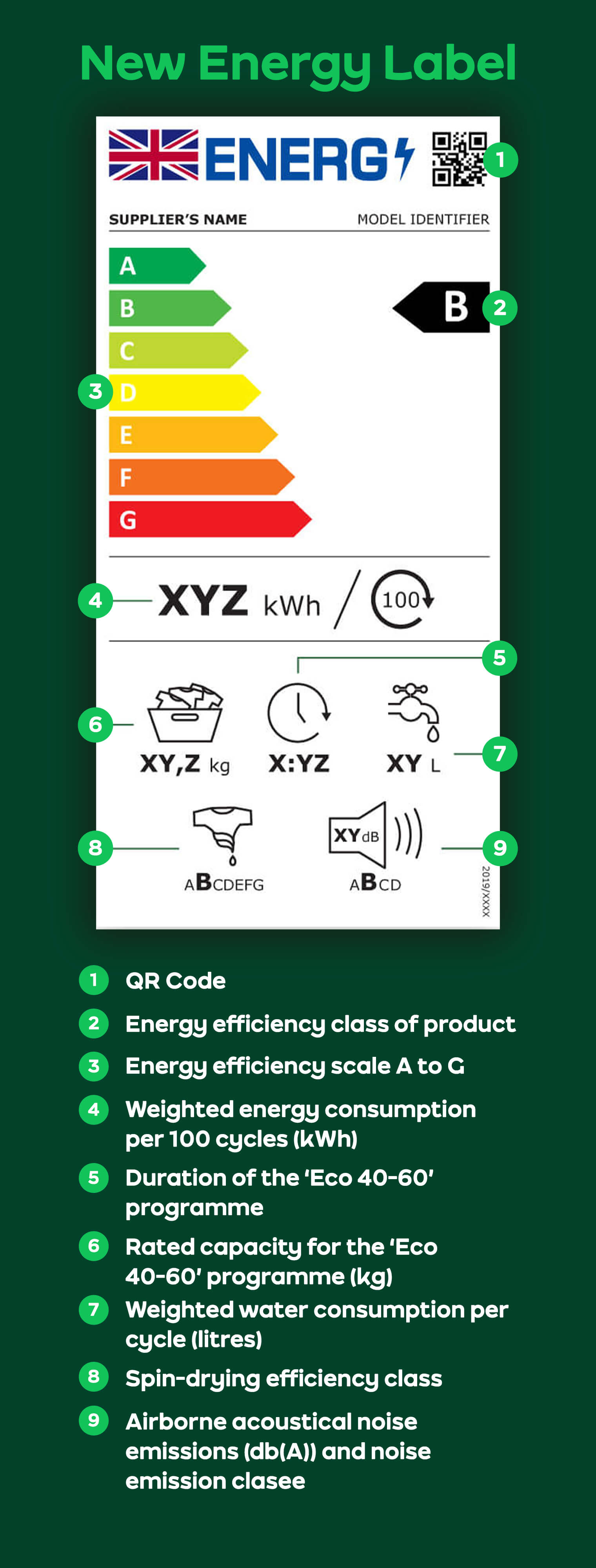





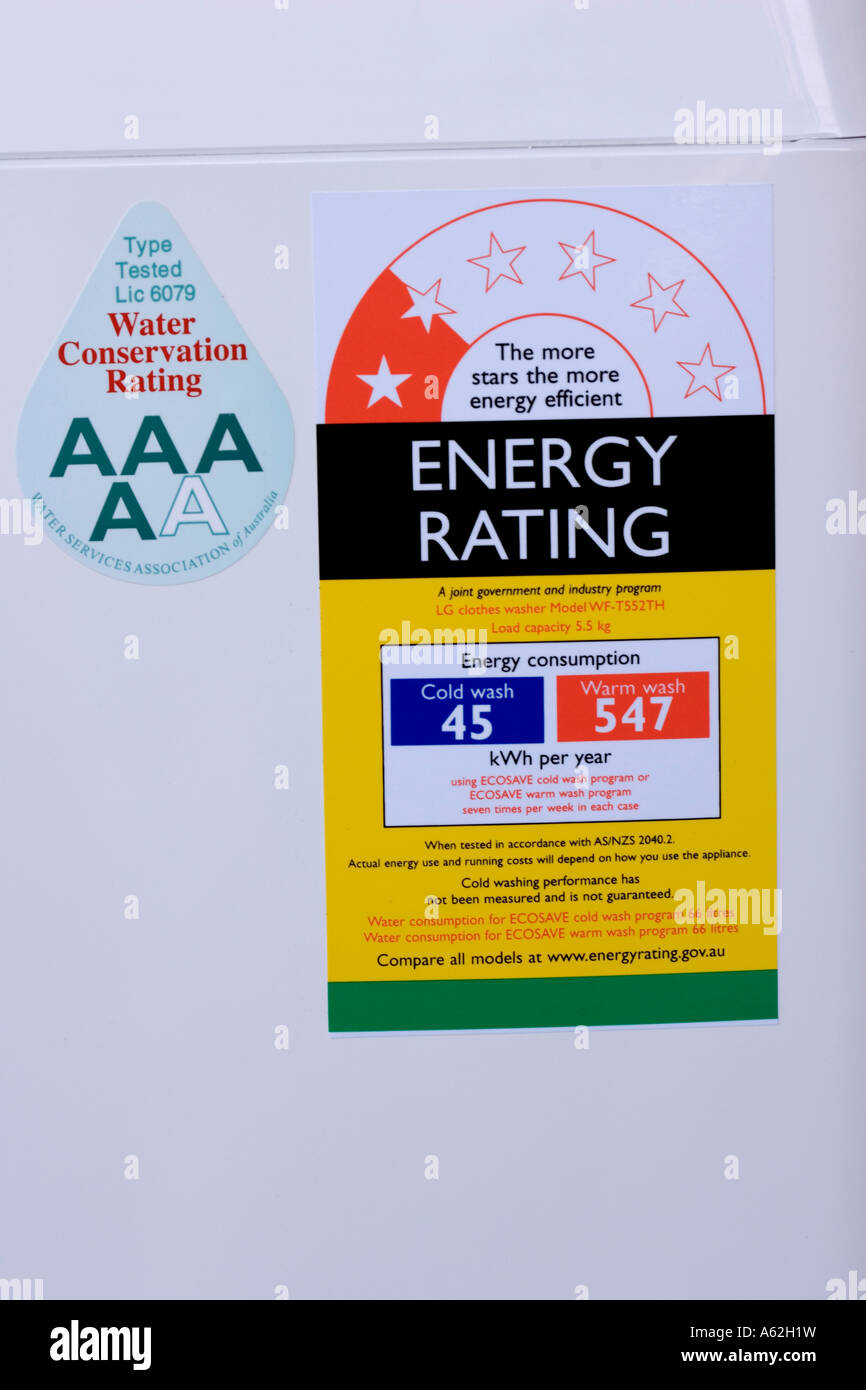



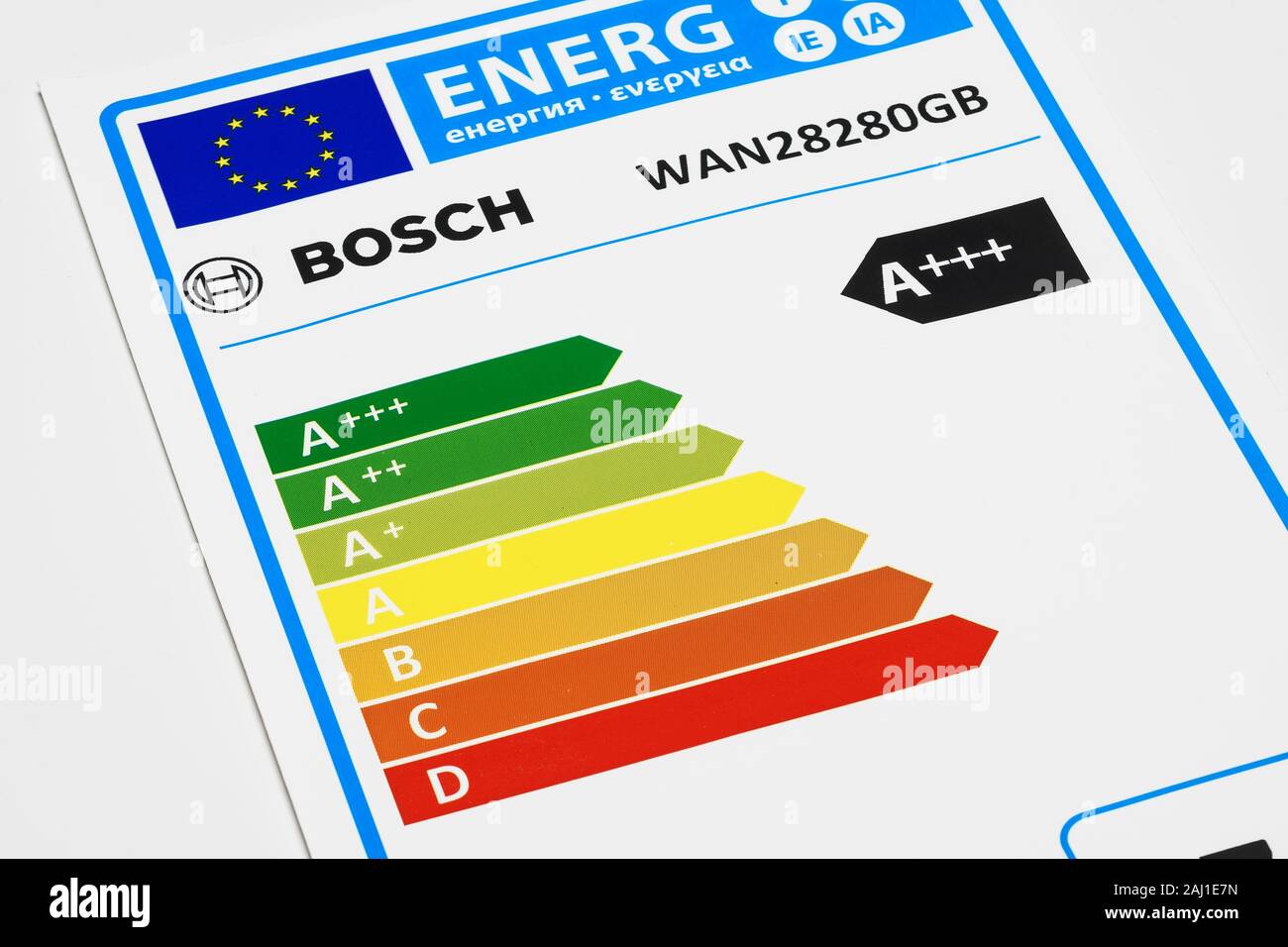


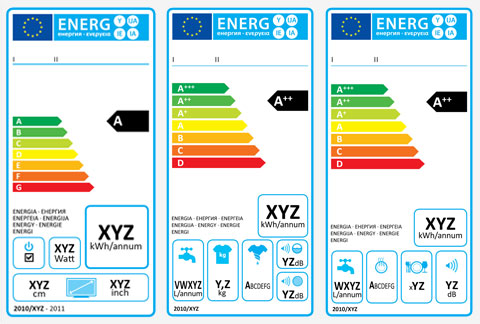


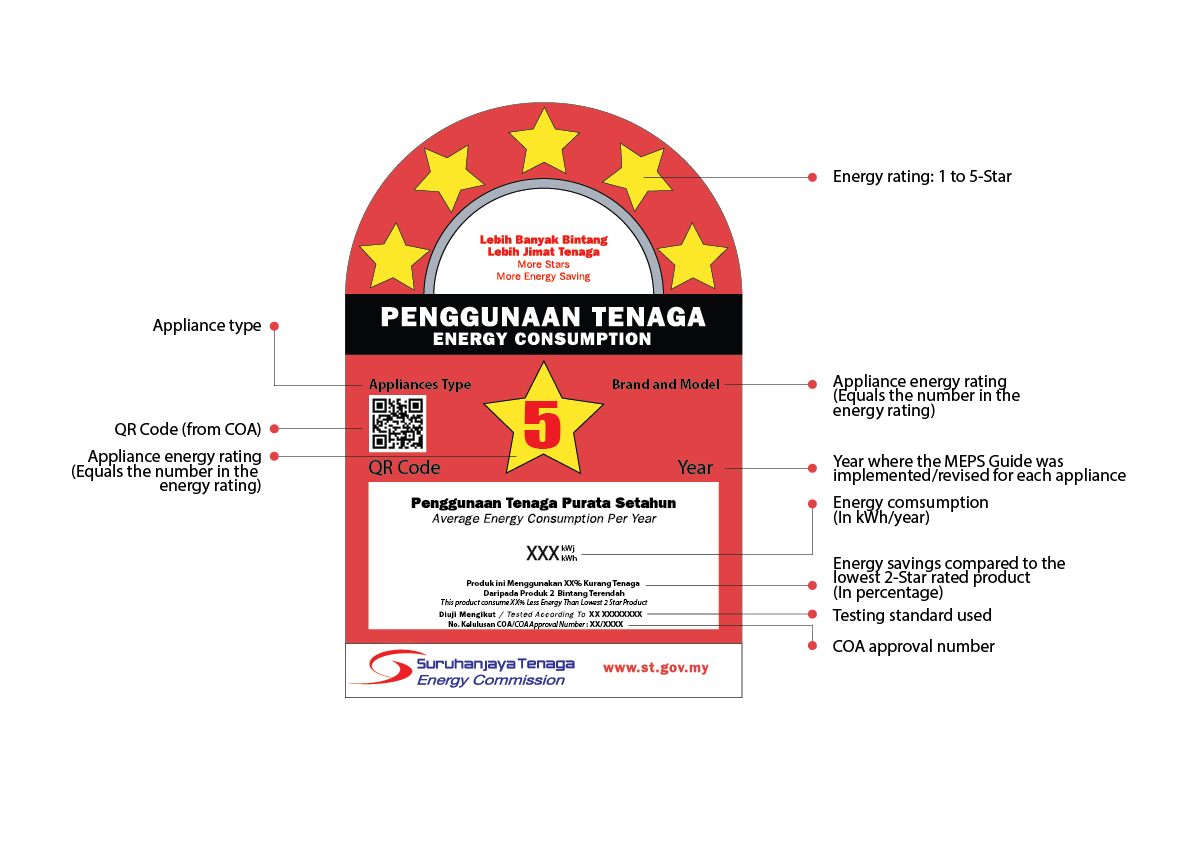

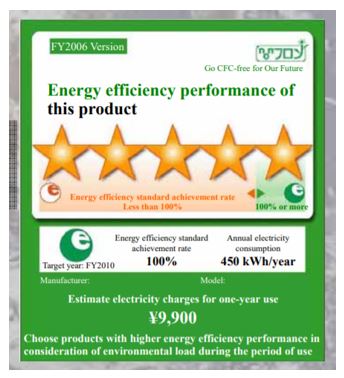

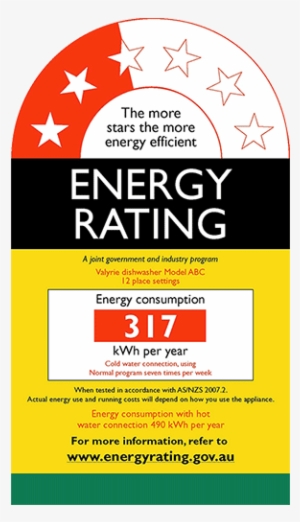
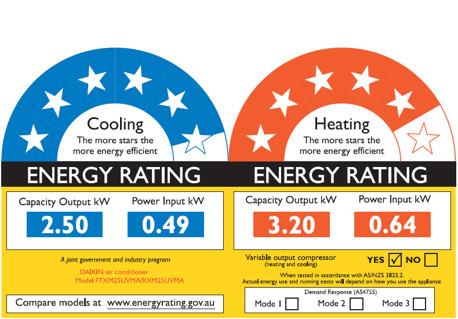

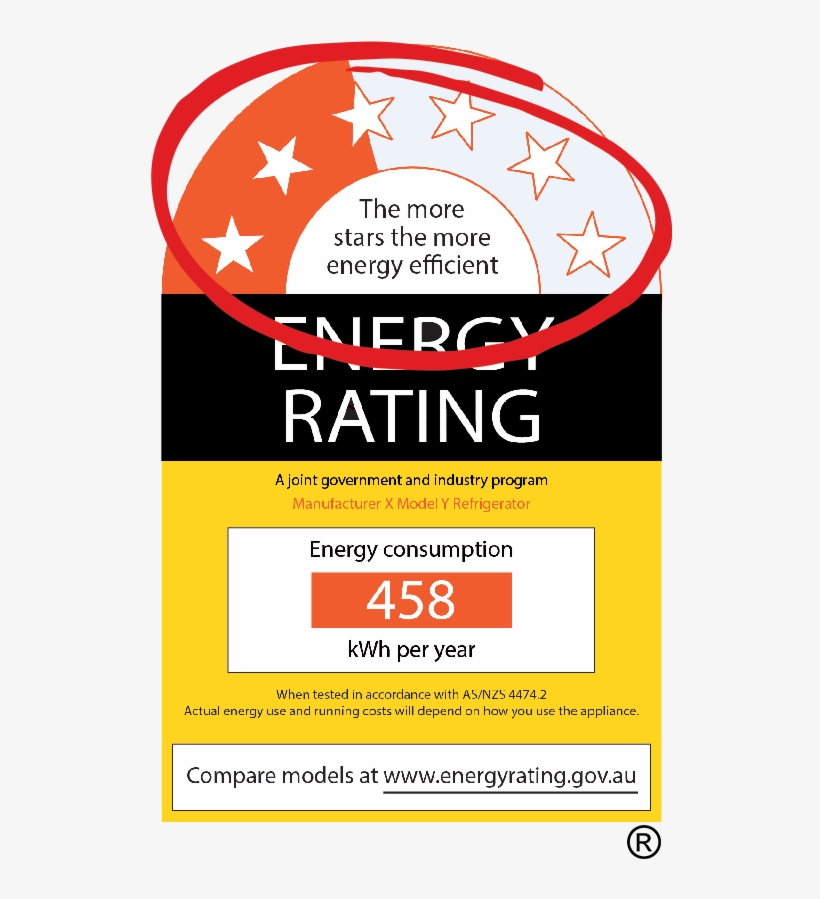


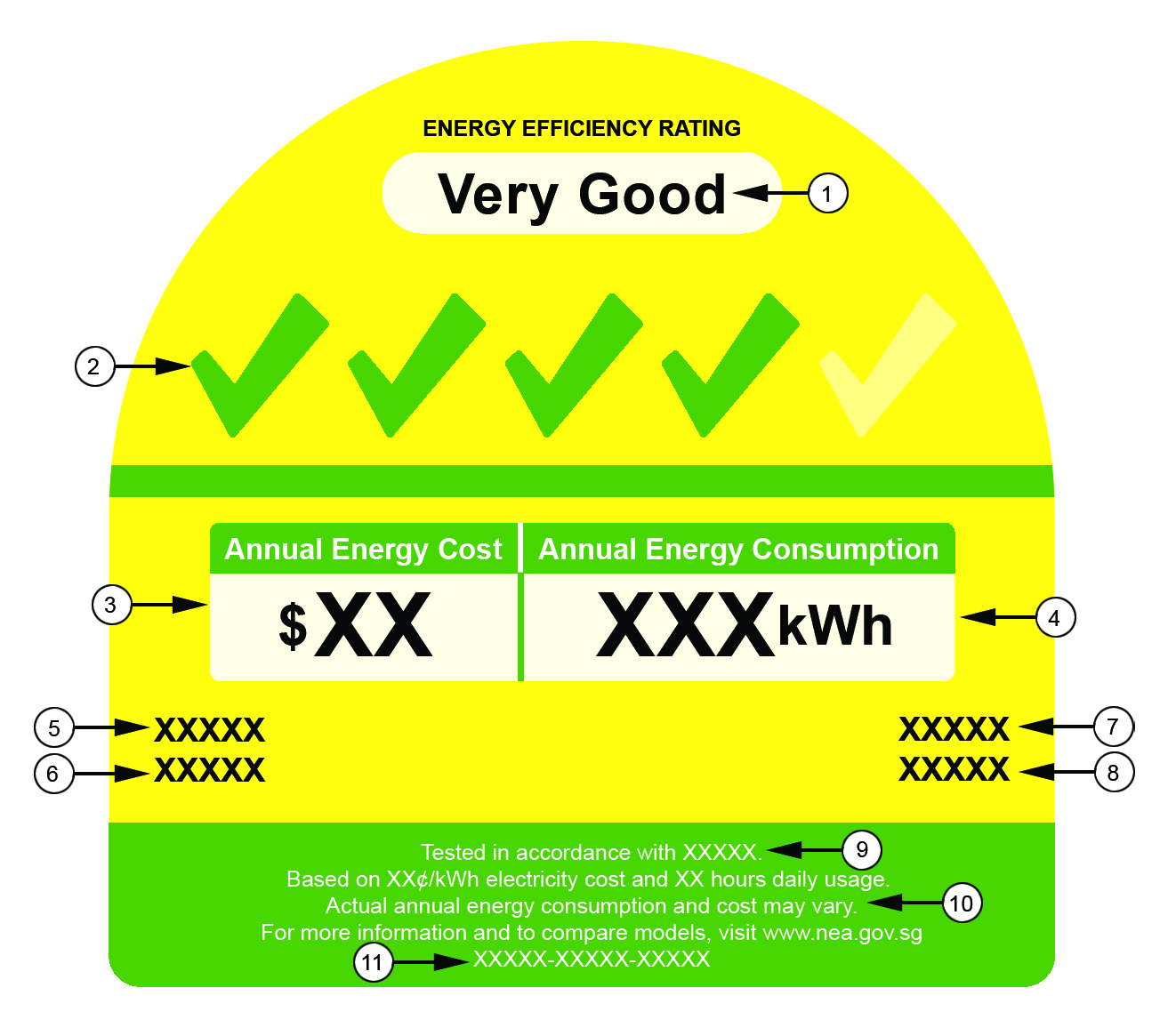



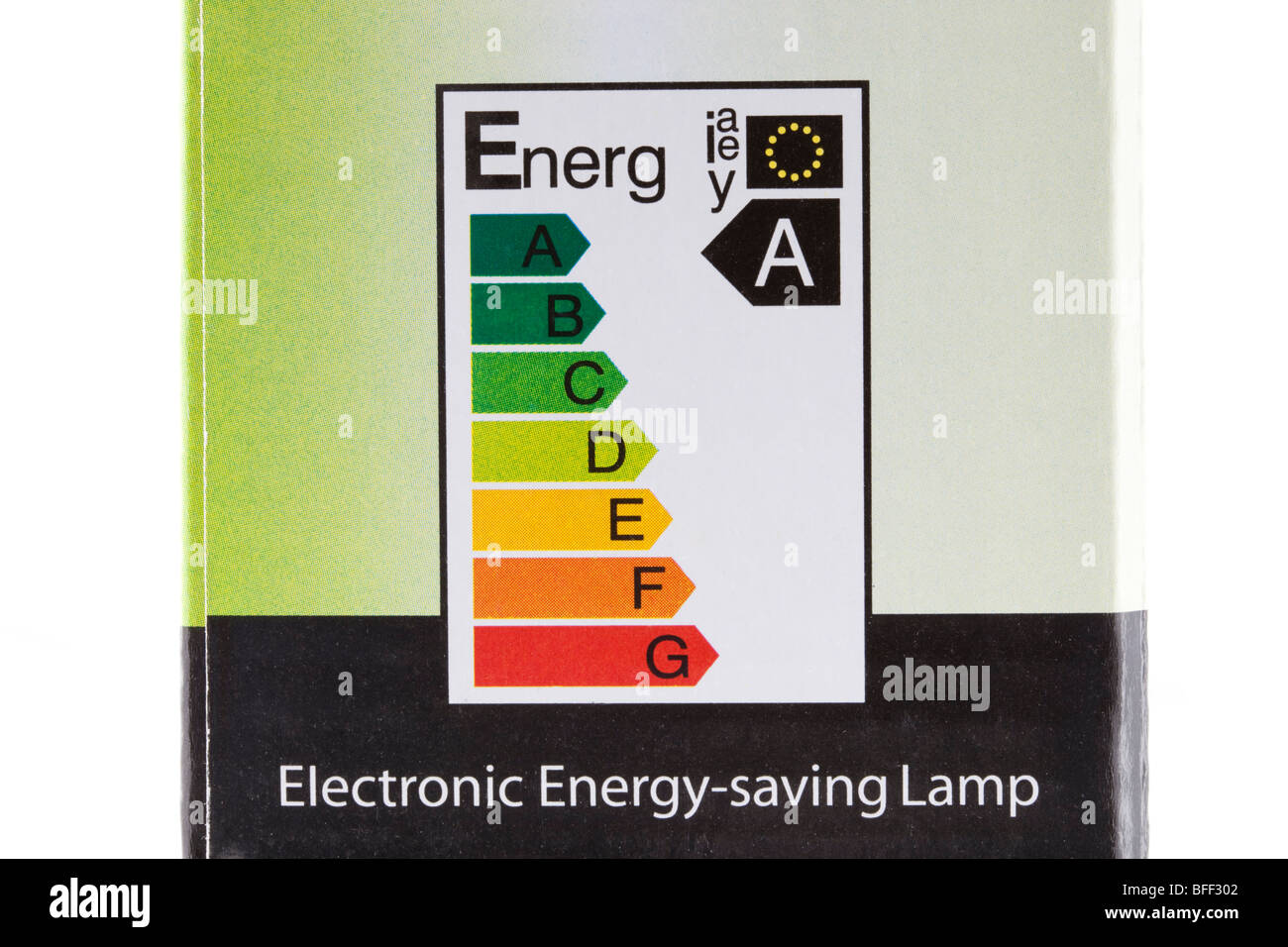


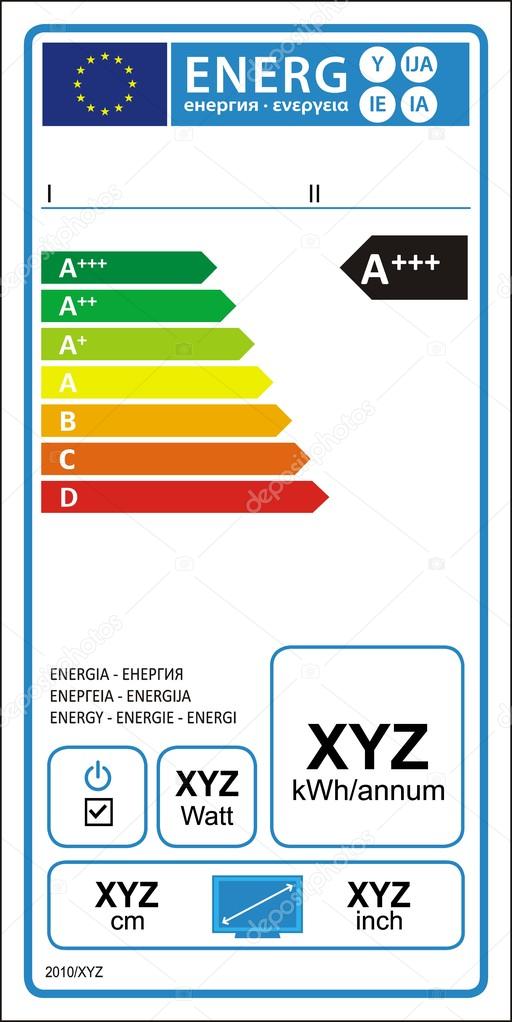

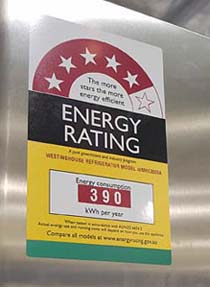
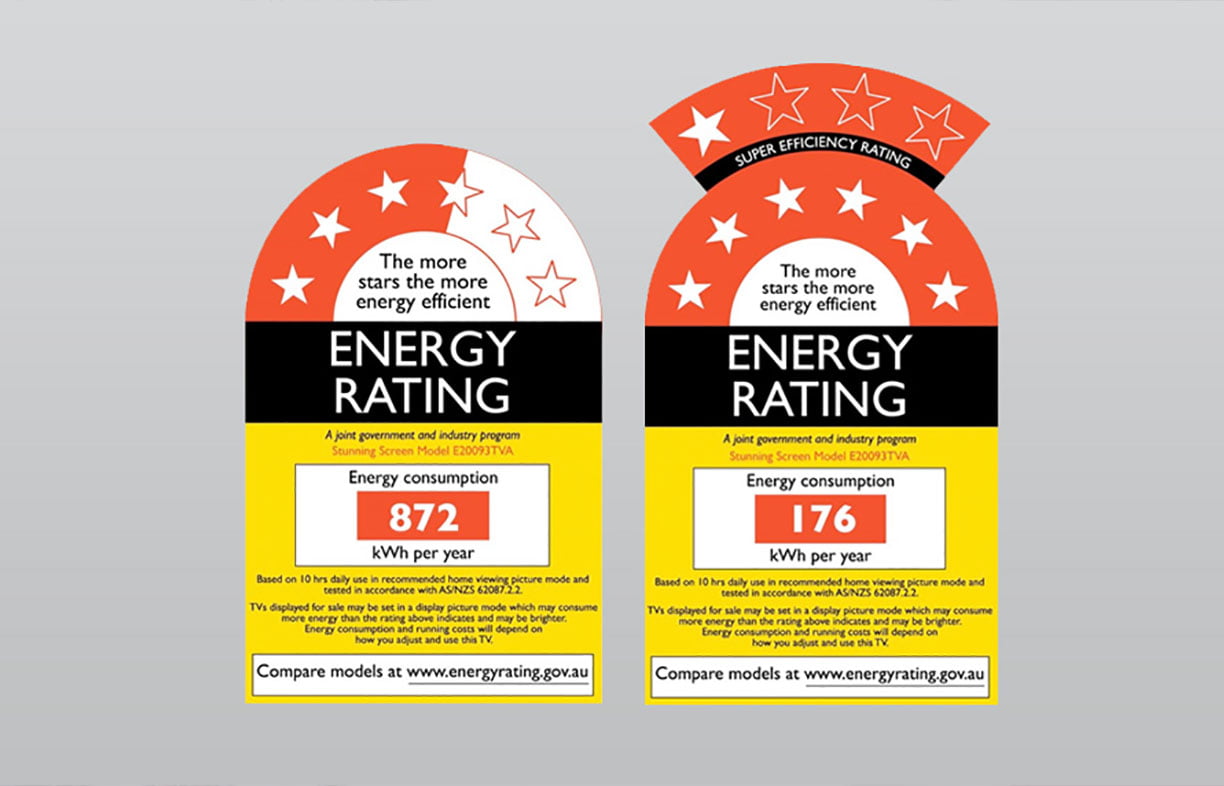

Post a Comment for "43 about energy rating labels"